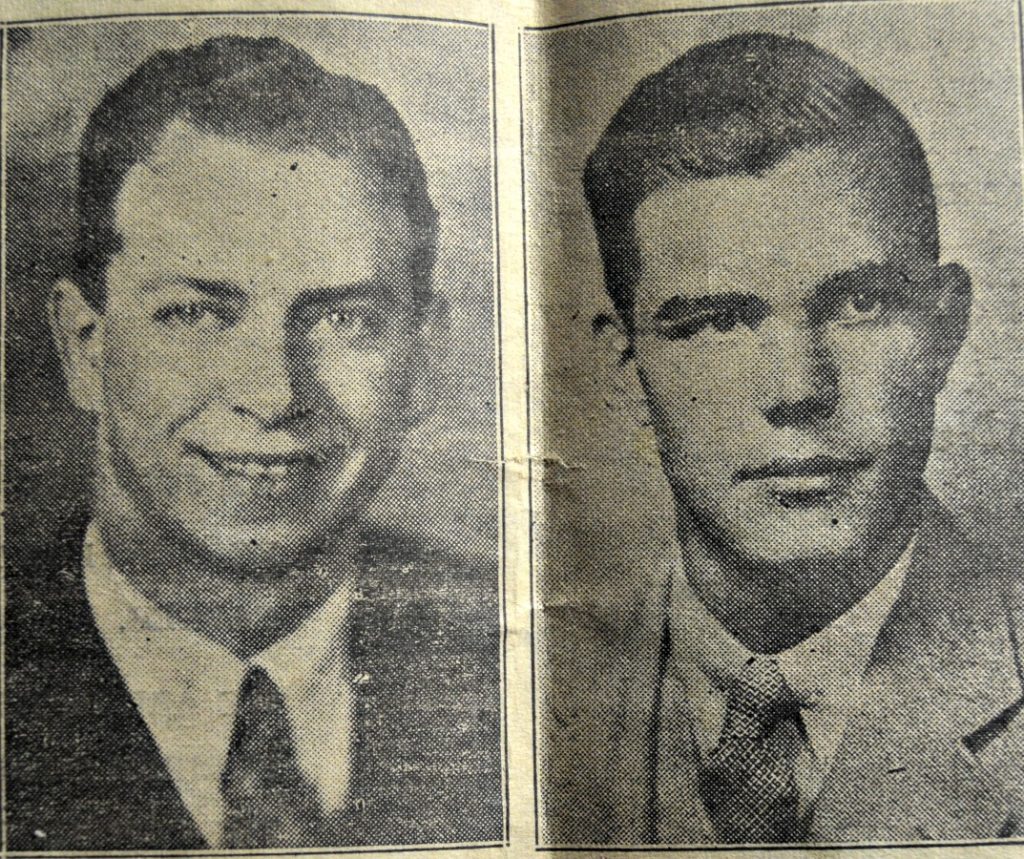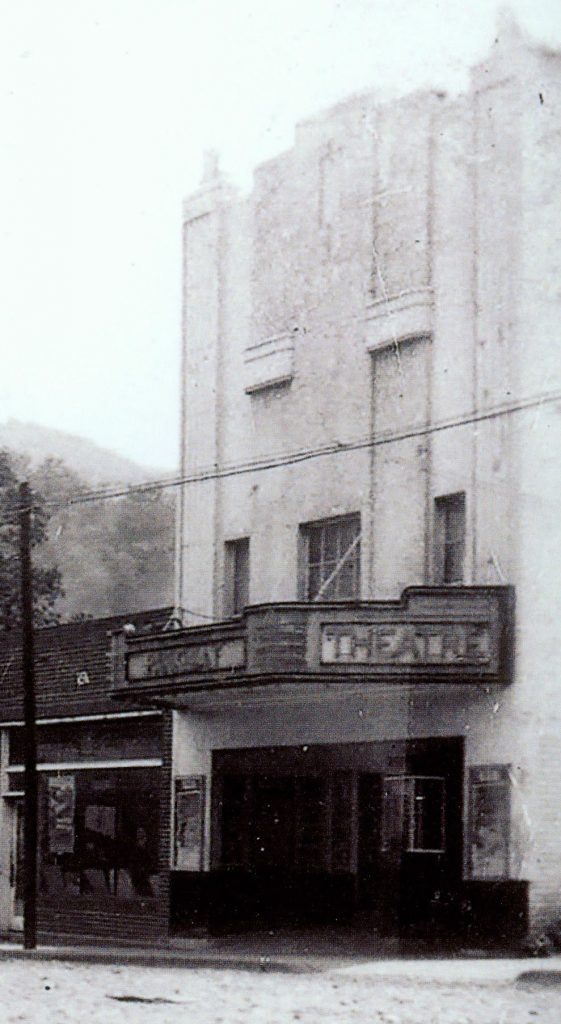The following article was previously published in the Ashe Historical Society’s quarterly newsletter. To receive our newsletter, become a member. It only costs $10.
For years a common myth about Ashe County has persisted. In this myth, Ashe, along with other neighboring counties, have formed a ‘Lost Province,’ an isolated land cut off from the modernizing culture and economy of the rest of the United States. However, upon closer examination, it becomes clear that this myth doesn’t hold up. During the War of 1812, the Mexican American War, and the Civil War, residents of 19th century Ashe County heard the latest news and joined together, marching off the mountain to join their countrymen in combat. During this same period, songs being popularized by New York songwriters and metropolitan sheet music publishers were being played and sung in the county as quickly as they were released. In the early 20th century, any resident of supposedly isolated Ashe County could have bought a round trip ticket to any city in America, got on the train as it passed through on its semi-daily run, and been transported anywhere in the nation they wanted with no need for a car or plane.
However, nothing served to connect Ashe County to the popular culture of America more immediately than the movies. From the very earliest days of film, West Jefferson provided venues for local residents to enjoy the moving pictures being produced in California. At first these movies were screened in a venue that allowed for a variety of entertainments.The original movie theater, dating from before the early 1930s, was the Carolina Theater, which was operated somewhere on Jefferson Avenue in West Jefferson. Little is known of the Carolina Theater, and by the early 1930s it had been supplanted by the Jeffersonian Theater, which was located in the brick building to the right of West Jefferson’s current town hall. Half of this large building served as a retail space, and half housed a small theater. This early theater was largely used for live performances and gatherings. Vaudeville shows, live concerts from musicians like Henry Whitter, and cooking classes were all on offer at the Jeffersonian. In addition, films were screened each night at 7 and 9, with new films being introduced each Saturday. Admission for the Jeffersonian ranged from 10 cents for weekend matinees to 40 cents for weekday evening showings.
At that time, the Jeffersonian, with its small screen and sloped floor, was the hub of popular culture in Ashe County. However, things quickly began to advance. The owner of the Jeffersonian, a Mr. Farnsworth from Jefferson, sold the business to Russell Barr. Sensing the need for a larger venue for film showings in Ashe County, Barr and his partner and brother-in-law, Ben Reeves set out to construct a building designed solely for the purpose of movie screenings. In 1938, West Jefferson’s new movie theater, the Parkway, was ready to open to the public. Unlike the Carolina and Jeffersonian theaters, the Parkway featured all the amenities of a modern movie house. The stunning art deco architecture immediately set the new building apart from the brick facades and stepped parapets of its West Jefferson neighbors and seemed to bring the glamour of Hollywood to Main Street. Cushioned seating was available for 500 people on the floor and in a small balcony. The new 15 foot screen was the largest yet seen in Ashe County. This new theater also offered concessions, or rather, at that time, a single concession: popcorn. As the Skyland Post reported at the time “the new Parkway is one of the most beautiful, modern, and comfortable theaters found in this section of North Carolina and Virginia.”

On Friday July 21st, 1938, at 6:45, the doors opened for the Parkway’s first ever show: Boots and Saddles, a western film starring Gene Autry. Before the first show, Lavern Johnson, president of the Rotary Club and Lester Seagraves, mayor of West Jefferson, gave speeches honoring the new theater. Gene Autry himself, unable to make the trip from Hollywood to West Jefferson, sent a telegram saying that he regretted missing the opening show.
The Parkway, unlike the earlier Jeffersonian Theatre, began showing multiple films a week. They also began running short serials, cartoons and newsreels. Consequently, this new theater became a thriving center of American culture in Ashe County, keeping residents in close contact with stars and newsmakers from around the world.

By 1946, the Parkway was no longer locally operated. It was leased by the Statesville Theater Corporation, a company which leased and operated 32 theaters in the region, including the Appalachian Theater in Boone. The Statesville Theater Corporation saw potential for greater profits and made a deal with Russell Barr, who still owned the theater at the time, to construct a new building. If Barr would build this larger building the Statesville Theater Corporation would enter into a long term lease arrangement. By 1948, the Parkway was ready to expand once again.